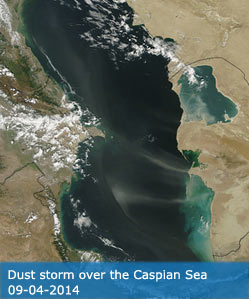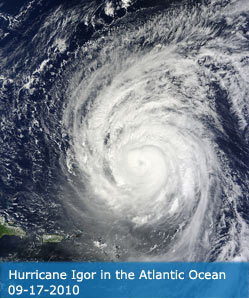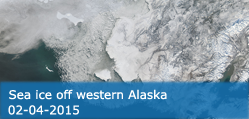Science Team
Publications
Begue, N; Bencherif, H; Jegou, F; Veremes, H; Khaykin, S; Krysztofiak, G; Portafaix, T; Duflot, V; Baron, A; Berthet, G; Kloss, C; Payen, G; Keckhut, P; Coheur, PF; Clerbaux, C; Smale, D; Robinson, J; Querel, R; Smale, P (2021). Transport and Variability of Tropospheric Ozone over Oceania and Southern Pacific during the 2019-20 Australian Bushfires. REMOTE SENSING, 13(16), 3092.
Abstract
The present study contributes to the scientific effort for a better understanding of the potential of the Australian biomass burning events to influence tropospheric trace gas abundances at the regional scale. In order to exclude the influence of the long-range transport of ozone precursors from biomass burning plumes originating from Southern America and Africa, the analysis of the Australian smoke plume has been driven over the period December 2019 to January 2020. This study uses satellite (IASI, MLS, MODIS, CALIOP) and ground-based (sun-photometer, FTIR, ozone radiosondes) observations. The highest values of aerosol optical depth (AOD) and carbon monoxide total columns are observed over Southern and Central Australia. Transport is responsible for the spatial and temporal distributions of aerosols and carbon monoxide over Australia, and also the transport of the smoke plume outside the continent. The dispersion of the tropospheric smoke plume over Oceania and Southern Pacific extends from tropical to extratropical latitudes. Ozone radiosonde measurements performed at Samoa (14.4 degrees S, 170.6 degrees W) and Lauder (45.0 degrees S, 169.4 degrees E) indicate an increase in mid-tropospheric ozone (6-9 km) (from 10% to 43%) linked to the Australian biomass burning plume. This increase in mid-tropospheric ozone induced by the transport of the smoke plume was found to be consistent with MLS observations over the tropical and extratropical latitudes. The smoke plume over the Southern Pacific was organized as a stretchable anticyclonic rolling which impacted the ozone variability in the tropical and subtropical upper-troposphere over Oceania. This is corroborated by the ozone profile measurements at Samoa which exhibit an enhanced ozone layer (29%) in the upper-troposphere. Our results suggest that the transport of Australian biomass burning plumes have significantly impacted the vertical distribution of ozone in the mid-troposphere southern tropical to extratropical latitudes during the 2019-20 extreme Australian bushfires.
DOI:
10.3390/rs13163092
ISSN:




